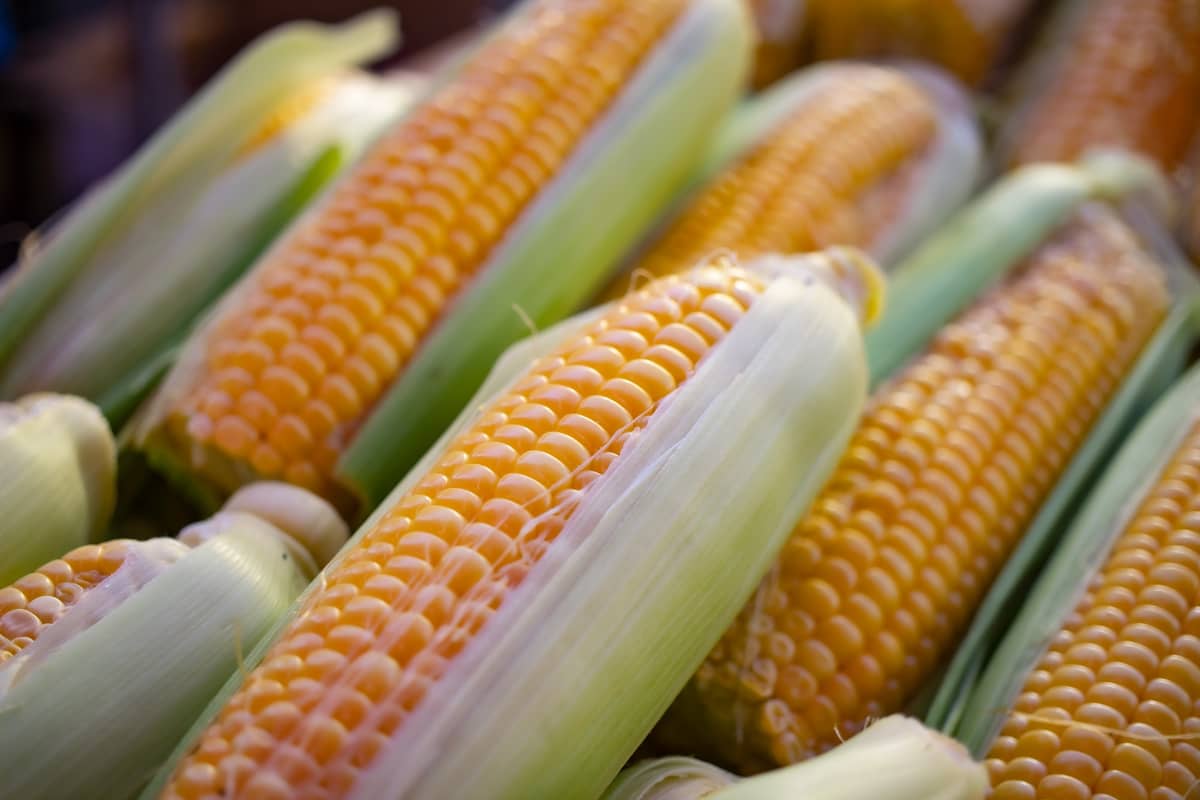Taxonomy: The Search for a Way to Understand the Great Diversity of Earthly Life
What is the importance of taxonomy for humans worldwide? It provides humans with an organizational framework for recognizing, interpreting, and valuing the diversity of living things and is therefore the cornerstone of conservation.

The Earth is inhabited by a great diversity of living beings. Approximately 400,000 animal and plant species are known today, but this number is constantly increasing. This impressive number does not take into account the fossils that have made it possible to know about the existence of many organisms that are no longer found on the planet but that lived at some point in the past.
To study the great diversity of terrestrial life, man has found it necessary to bring order to chaos, grouping beings according to different characteristics.
The branch of biology that is dedicated to classification, that is, to the creation of categories that group the different living beings in a coherent way, is known as taxonomy. It involves much more than the simple identification and assignment of names; it also tries to establish the relationships between organisms.
The establishment of the kingdoms
In the beginning, the classification took into consideration only two basic characteristics: color and locomotion capacity. All green beings without locomotion were integrated into the group of plants and non-green organisms with locomotion capacity into the group of animals; thus, the first two kingdoms emerged: the plant and the animal kingdoms.
Due to a large number of individuals that, as they became known to man, fell outside these categories, it became necessary to create others, especially after the discovery of microorganisms at the end of the 17th century. Approximately one hundred years ago, the German biologist Ernst Haeckel proposed the creation of a third kingdom, which he called protista, in which all organisms that did not fit into the two previous ones were included.
As new species were discovered and as they advance in biology allowed a better understanding of those that had already been identified, it was recognized that the existence of these three kingdoms was insufficient.
One of the most serious problems was the classification of bacteria and blue-green algae, since these organisms, unlike protozoa and unicellular algae, do not have nuclei in their cells, despite which they were all included in a single kingdom (protista).
Fungi, which had been considered - forcibly, since they are not green - as members of the plant kingdom, also represented a problem. To place these beings in a suitable group, it was essential to create two other kingdoms: the monera, for the first two, and the fungi, for the latter.

Classification principles
The creation of these five major categories, called kingdoms, was insufficient to organize the enormous universe of living beings since they represent too large a set. Biologists thus found it necessary to create subcategories.
One of the first classification systems, when only two kingdoms had been established, was to group those beings that occupied the same habitat and had organs that performed the same function, i.e., the analogies between organisms were considered.
As the knowledge of anatomy increased, it was seen that this was not adequate, since many beings that had, for example, wings (insects, birds, and bats), possessed other characteristics that showed that the relationship between them was too distant.
It was the Swedish naturalist Carolus Linnaeus (Linnaeus) who proposed the first classification that considered truly significant aspects in which there are similarities or differences between organisms. To him, we owe the modern system of classification which was published in 1753 for plants and in 1758 for animals (remember that at this time living beings had been grouped into only two kingdoms).
Unlike the previous system, Linnaeus proposed to group according to homologous organs: those that have the same basic structure, the same relationship with other organs, and the same embryonic development, although the function they fulfill is different.
This proposal was very successful because it has been possible to determine that all beings that share homologous organs are related to each other, that is, according to the theory of evolution, they have a common ancestor.
It is interesting to note that Linnaeus did not believe in evolution, but his impressive intuition allowed the creation of a classification system that has been useful and is still accepted today, with modifications.

The current classification system
Taking into account different levels of homology in anatomical and physiological characteristics, and according to the data provided by fossil records to establish relationships, different categories have been created within the five existing kingdoms. The most important are:
phylum or division (the second name is more commonly used in plant classifications)
subphylum or subdivision
class
order
family
genus
species
It is evident that organisms of the same species are much more closely related to each other and therefore are much more similar than those that have in common only the family, or even more so, only the phylum.
The species is the fundamental unit of classification, and the group within which several closely related species are found is known as a genus. Linnaeus is not only responsible for the creation of the modern classification system, but also the creation of a universal nomenclature system for living beings.
With this system, it no longer matters what language is spoken, because every living being has a scientific name by which it will be recognized internationally by all specialists. It consists of two parts: the first identifies the genus to which the organism belongs and the second identifies the species. Both names must be written either underlined or in italics and the first use a capital letter at the beginning.
Thus, corn is called Zea mais; dog, Canis familiaris; and man, Homo sapiens. Latin is almost always used for scientific names, and their origin can be diverse: sometimes they refer to some physical characteristic of the being, sometimes to its habits, sometimes to the discoverer, or even to the place where the species in question lives.
Sometimes, within a single species, there are some groups with small differences. To indicate this, a category known as the variety has been created. In the scientific name, the variety is often added either with an initial or using the full name.

Conclusions on taxonomy
As we can see, taxonomy is a fundamental tool for the study of living beings. Thanks to it, we can build a genealogical tree that allows us to follow the evolutionary history of the different groups. The species are found in the branches and the bifurcations are the common ancestors.
The current classification system has made it possible to relate and differentiate a large number of organisms and has organized the study of life forms on our planet. However, it is not perfect. For example, there are many unicellular organisms closely related to multicellular organisms and, despite this, they are in different kingdoms.
As science has progressed, much more has been learned about cell chemistry and physiology, and some major differences have been found between individuals classified in the same genus.
The existence of viruses also represents a serious problem, as there are even discrepancies as to whether or not they can be considered living beings. These situations have led many biologists to propose the creation of new groups (even new kingdoms) and many subcategories such as subclasses, subspecies, tribes, races, varieties, etc., have appeared.
Any proposed system will present certain difficulties because, unlike in nature, the categories are rigid. Despite this, the work done so far by taxonomists is invaluable to know and learn more each day about the greatest wealth that our planet has: life.
By María Jesús Arbiza, Source: Correo del Maestro No. 32.




